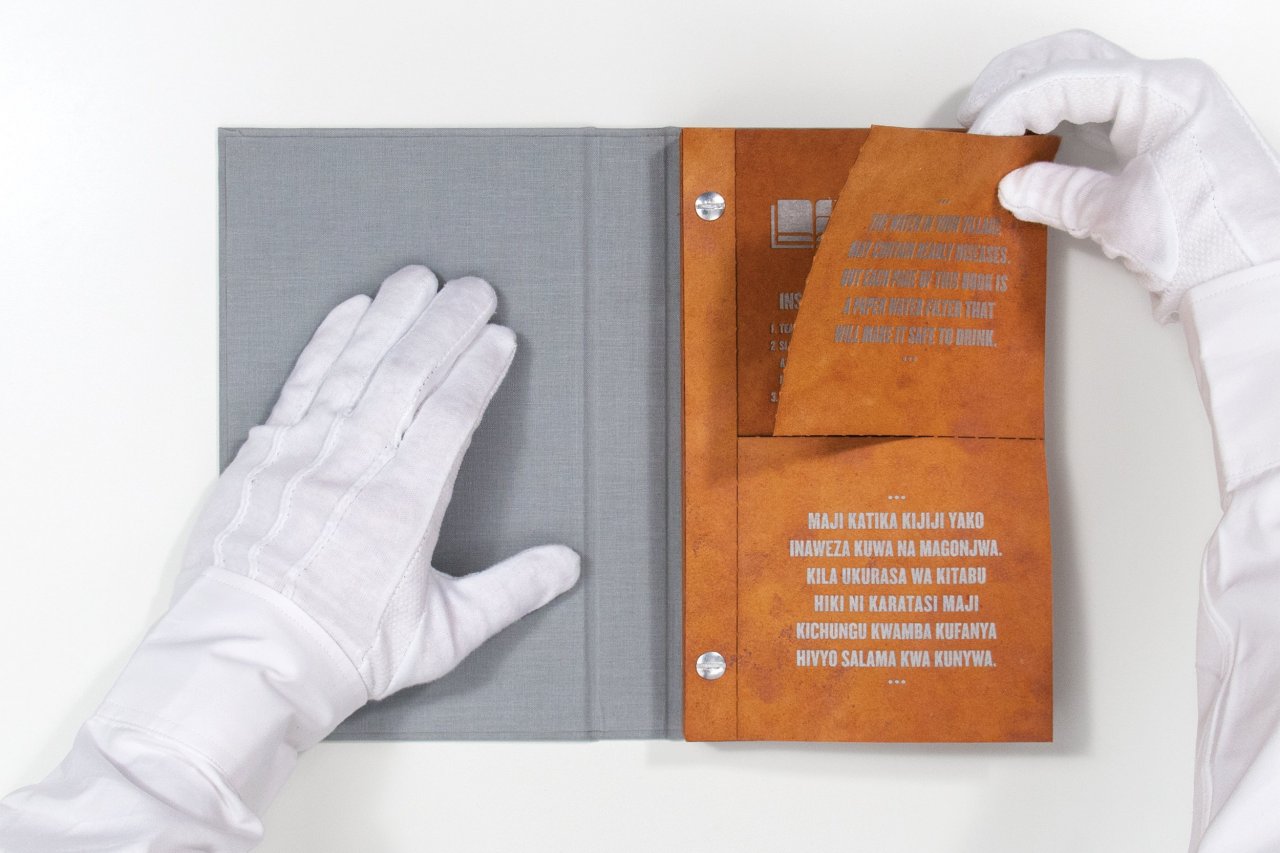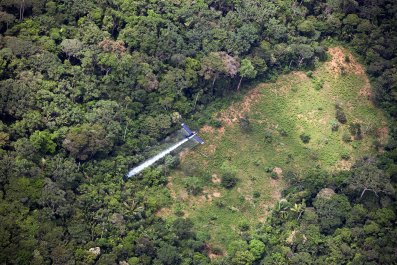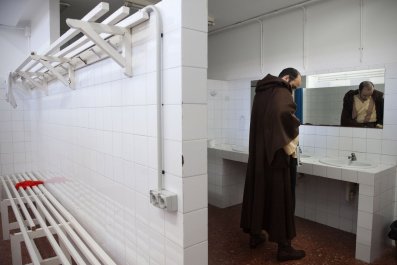Since 1990, 2.6 billion people have gained access to uncontaminated sources of water, according to the World Health Organization and UNICEF's Joint Monitoring Programme for Water Supply and Sanitation. But roughly 663 million people around the world still do not have clean drinking water, and they turn instead to sources like surface water and unprotected wells and springs, much of that rife with contaminants that can cause disease and death.
Theresa Dankovich, an environmental chemist and postdoctoral researcher at Carnegie Mellon University, is working on a cheap and easy solution. As a doctoral candidate in chemistry at McGill University, she created a silver nanoparticle filter paper that can make bacteria-infested water as clean as what comes out of faucets in the U.S. In lab tests, she found that the paper killed more than 99.9 percent of bacteria.
To make the bacteria-killing sheets, Dankovich begins with a thick, porous and inexpensive kind of filter paper that stays strong even when wet, and soaks it in a solution containing a silver nanoparticle precursor. She then heats the paper in an oven to bind the silver nanoparticles to the fibers on its surface, rinses it off and dries it. The paper is ready then to have water poured through it. Since silver is extremely toxic to bacteria, the bacteria in contaminated water are killed when they come in contact with the nanoparticles, leaving virtually no viable bacteria in the water that's passed through the paper.
Once the paper proved itself in the lab, Dankovich set out to test its merits in communities with diverse water sources, from Haiti to South Africa to Ghana to Kenya. In 2014, Dankovich formally founded the nonprofit pAge Drinking Paper with husband and business partner Jonathan Levine, an earth and environmental engineer. They also worked with the nonprofit WATERisLIFE and the ad agency DDB to make a video featuring a product that collated a year's worth of paper filter pages into what they call the "drinkable book"; the pages were printed with instructions on safe water habits.
Luke Hydrick, a design student at the University of Cincinnati, was so taken with Dankovich's work that he asked if he could design filter holders for the paper as his senior thesis project. Armed with several prototypes, he joined Dankovich in June 2015 on a trip to Bangladesh, where they conducted focus groups and surveys alongside the nongovernmental organization iDE-Bangladesh on how best to incorporate the filter papers into everyday life.
One thin plastic holder designed to fit into a kolshi, an aluminum cistern that's ubiquitous as a water holder in Bangladesh, "really resonated with people," says Hydrick, since "the container is already embedded in social fabric of Bangladeshi life." The pAge team and iDE-Bangladesh hope to be able to bring that filter design to market in the near future.
In the meantime, pAge Drinking Paper also launched an Indiegogo crowdfunding campaign to raise money to test the papers and culturally appropriate filter designs in up to a dozen additional villages. Dankovich wants to check health metrics, water quality and consumer preferences in an extensive range of settings before distributing her invention widely. The organization is also gearing up to manufacture the papers on a larger scale, which will help it reach its goal of having each filter—which can clean about 26 gallons of water—cost 10 cents or less.
"We hope that it does reach millions to hundreds of millions of people," Dankovich says, "and improve their water and improve their health."



















